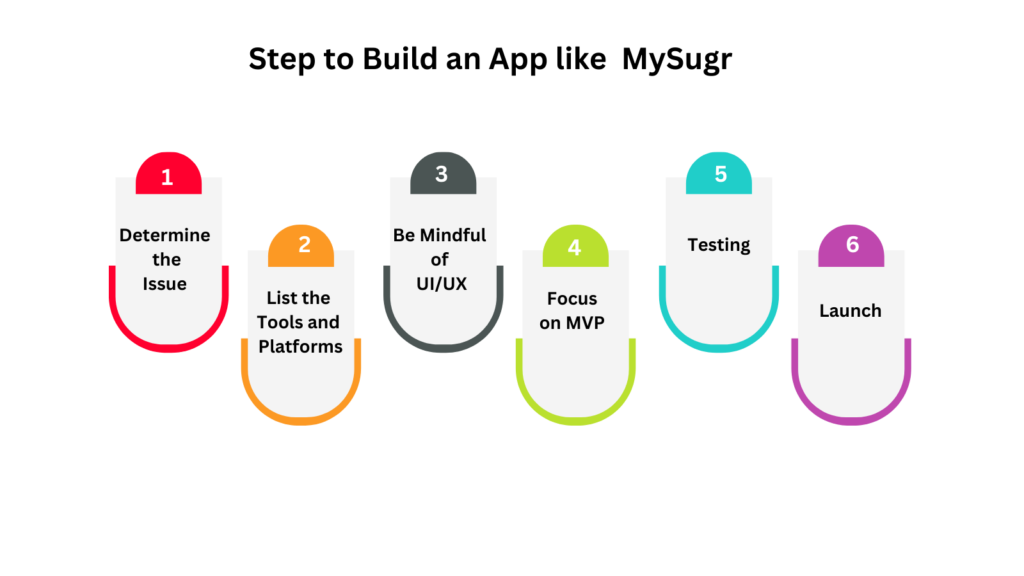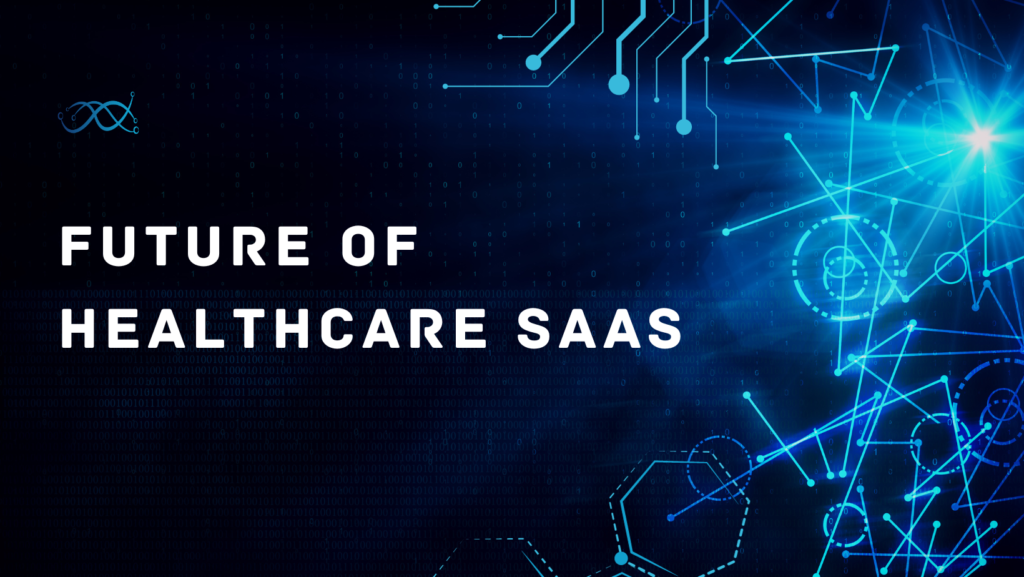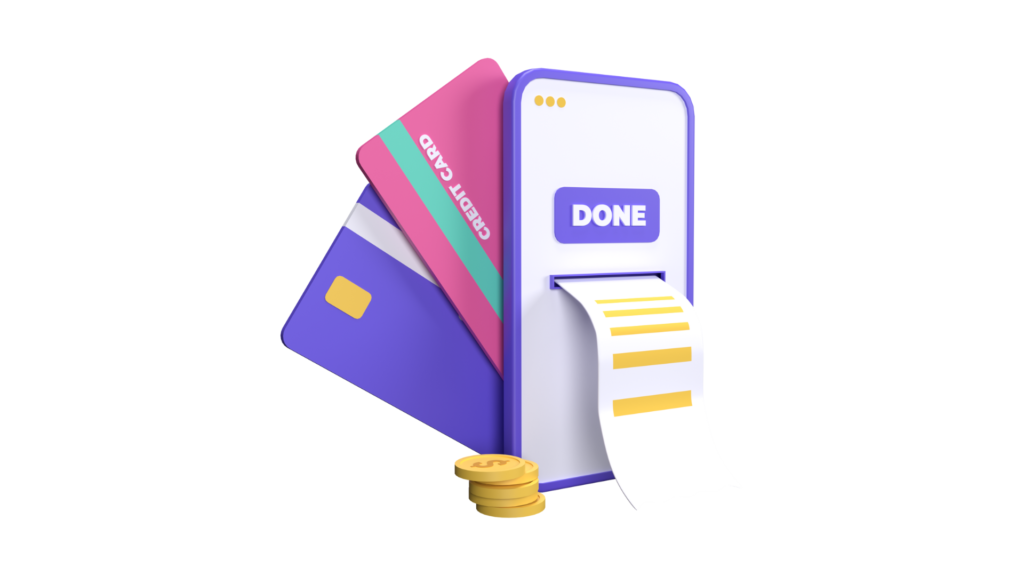As contemporary lifestyles increasingly impact human health, chronic conditions such as diabetes have become prevalent, affecting approximately 1 in 10 individuals. According to Statista, the exponential growth of diabetes is evident, with global expenditures projected to surge from $966 billion in 2021 to surpass $1 trillion by 2045.
As the global diabetic patient population continues to rise, there is an increasing demand within the healthcare industry for diabetes management apps. These applications empower individuals with diabetes to monitor and track their blood sugar levels while providing reminders for insulin administration.
When it comes to developing diabetes apps, entrepreneurs are particularly drawn to MySugr. Established in 2012, this app swiftly gained popularity, boasting over 3.5 million users worldwide as one of the most utilized applications for diabetes patients.
For entrepreneurs aspiring to create an app similar to MySugr, inspired by its widespread use and engaging features, a common concern revolves around understanding the development cost of diabetes management applications.
Why is an App Like MySugr Raging in the Diabetes Healthcare Market?
An application akin to MySugr is gaining widespread popularity in the diabetes healthcare market due to its comprehensive features. Functioning as diabetes management software, it allows users to monitor meals, workouts, medications, and other aspects while also managing their blood glucose data. Users can readily access daily, weekly, and monthly records through the app, facilitating seamless sharing with healthcare professionals. Notably, the app aids in insulin dosage calculations, and its recent coaching features transform it into an all-encompassing tool for learning and support.
MySugr stands out as an easily customizable, vibrant, and user-friendly application. Notably, its “Diabetes Monster” feature adds a personal touch by offering constructive criticism to encourage positive diabetes-controlling behaviours, such as heightened glucose monitoring, meticulous recording of medication and exercise. Additionally, the app incorporates a straightforward search function, empowering users to locate specific information or identify trends and patterns with ease.
Factors Affecting MySugr-like Diabetes Management App Development Cost
Several factors contribute to the development cost of a diabetes management app similar to MySugr. When creating your own diabetes tracking software, it is essential to consider various aspects. The cost is influenced by factors such as the number of features incorporated into the app, its design, the chosen tech stack, third-party integrations, and the rates of the development team.
1. Discovery and Research
Time: 280 – 1300 hours
Cost: $11,200 – $45,000
Initiating the development of a diabetes management app should commence with this crucial step. During the initial phase, business analysts collect market data, assess business requirements, and analyze market trends. The comprehensive data gathered serves as the basis for estimating the project budget.
2. Design & Development
Time: 640 – 1500 hours
Cost: $25,600 – $48,000
During this phase, the design team conceptualises and prototypes the application. The team chooses the right technology stack, features (detailed below), and overall design architecture to meet the project requirements. Subsequently, the team works on creating UI and UX prototypes for the application. The experts then produce an early version or Minimum Viable Product (MVP) of the product based on the chosen technology stack, features, and design prototypes., features (detailed below), and overall design architecture to meet the project requirements. Subsequently, the team works on creating UI and UX prototypes for the application. The experts then produce an early version or Minimum Viable Product (MVP) of the product based on the chosen technology stack, features, and design prototypes.
3. Testing and Launching
Time: 240 – 960 hours
Cost: $9,600 – $32,000
The testing and launch phase is crucial for improving the application’s functionality, enhancing user-friendliness, and eliminating bugs. It is imperative to conduct comprehensive testing before proceeding with the launch. Once all testing processes are completed, the diabetes management software solution is prepared for deployment.
4. Documentation
Time: 40 – 620 hours
Cost: $1,600 – $25,000
Upon reaching this stage, the development process for diabetes management software includes the creation of all necessary application documentation, with a particular emphasis on the product manual.
While these estimates provide a general overview, it’s important to note that the cost estimation for diabetes management apps, like MySugr, may vary depending on specific business requirements. Engaging the services of a proficient healthcare app development company ensures the delivery of a premium, bug-free, and highly intuitive application. Simply reach out to the team and outline your project goals. All you need to do is contact the team and describe your project goals.
How to Build an App Similar to MySugr?
Building an app similar to MySugr requires a thorough understanding of your application’s objectives, functionalities, and a well-defined plan. It’s essential to have a clear vision of the type of diabetes management application you intend to create, the problems it seeks to address, and how it will provide solutions. This section will guide you through each step of the development process for constructing a diabetes management app.

1. Determine the Issue
Acknowledge the challenges faced by end-users and devise strategies for how your application can address and improve these issues. Provide detailed descriptions of the user persona, emphasising their specific needs and willingness to utilise your product.
2. List the Tools and Platforms
The healthcare development process includes a crucial decision on whether to launch your application on Android, iOS, or the web platform. Create a comprehensive list of all the technology stacks and platforms that you intend to integrate into your application.
3. Be Mindful of UI/UX
For the development of mobile healthcare applications, UI/UX design is essential. The design approach should be influenced by your target audience, whether it includes patients, medical professionals, or the general public. Beyond aesthetics, it is imperative to contemplate how the app will be presented across different screen sizes.
4. Focus on MVP
Rather than opting for the development of a complete application, prioritize the creation of a Minimum Viable Product (MVP) to ensure thorough testing and validation before the solution is introduced to the market.
5. Testing
Efficient testing plays a crucial role in minimizing development time by identifying and addressing bugs and glitches that could impede the smooth functioning of your application.
6. Launch
After thorough testing, it’s time to unveil your application to users. Initiate the launch, and post-release, actively monitor its performance using the in-app analytics tools implemented during the development phase. Responsively address user queries and requests, and consistently roll out updates to maintain user engagement.
Essential Diabetes Management App Features
To ensure user engagement with your app, it is imperative to concentrate on the features of your diabetes management app. The software’s user experience and interaction must be efficient to enhance simplicity. However, it’s worth noting that both the quantity and complexity of features have a direct impact on the development costs of a diabetes management app resembling MySugr.

1. User Registration
The registration process should be straightforward, allowing users to easily complete it without complications. Users should have the flexibility to sign in using various accounts, including email addresses, social media accounts, and contact information.
2. Smart Search
This feature allows users to explore meal recommendations, daily exercises, and various lifestyle patterns. Furthermore, a repository of pre-programmed foods and activities empowers users to choose from a predefined library, streamlining their experience and saving time.
3. Carbohydrates Calculator
This feature aids users in calculating their daily carbohydrate intake, allowing them to effortlessly manage and adjust their carbohydrate consumption on a daily basis.
4. Consultation and Appointment with a Doctor
This feature enables users to schedule online appointments with doctors through the app, providing them with access to diabetes-related online counselling services.
5. Blood Glucose Graphs
Users should have the ability to input and track their blood glucose levels throughout the day using a visual representation within the application.
6. Tracking of Medications
Users should have the capability to record the medications they take, including dosage and administration timing, within the application. This allows them to monitor their medication intake duration effectively.
7. Reminders & Reports
This functionality enables users to receive prompts for tasks such as medication intake, blood sugar level monitoring, and meal timings.
8. Integration with Other Devices
For immediate data logging, the application should possess the capability to synchronise with external devices, such as a blood glucose meter or fitness tracker.
Bonus Read – The Future of Healthcare: Leveraging Wearables in mHealth Applications
9. Sales Support
A chatbot is an essential element in healthcare applications like diabetes trackers, allowing users to utilize this feature to address any app-related issues.
Revenue Model to Build an App like MySugr
Applications like MySugr derive their income from direct subscriptions and freemium ad-supported versions. Upon obtaining a membership, users can input information about their diet, medications, and meals, accessing time-dependent infographics and statistics through a dashboard interface. With an active membership, users can consistently monitor their progress. Let’s delve into the revenue models in more detail:
1. Freemium
The freemium model stands out as one of the most widely adopted approaches in various healthcare applications, including diabetes management apps. Under this model, the fundamental features of the program are offered at no cost, while more advanced and premium features necessitate a purchase. Fees are typically charged on a monthly or yearly basis.
2. Monetization of Content
In the healthcare industry, having access to curated and certified content holds significant value. An effective monetization strategy for healthcare apps involves charging users to access such information.
3. App-Specific Marketing
This model provides a swift and straightforward way to monetize your diabetes app, offering relative ease of implementation. However, the advertisements must be highly relevant and should not compromise the user experience.
4. In-App Purchase
While being one of the most lucrative models in the healthcare sector, it is also comparatively challenging to implement. To yield optimal results, your app should provide users with pertinent products and services, incorporating marketplace features.
5. Subscription Model
This tried-and-tested revenue strategy offers customers the option to use your app through a paid subscription. For example, a diabetes management app might charge a monthly fee for medical professionals seeking featured placement in the app, with fees potentially applicable to specific user groups.
Create an App like MySugr with Digiatto IT Services
At Digiatto IT Services, we specialise in crafting innovative mobile healthcare apps tailored for both startups and enterprises. Our expertise extends to collaborating with numerous healthcare organisations and providers, facilitating the creation of outstanding healthcare solutions that resonate well with patients.
As an illustration, our team of experts developed a multifaceted healthcare application named Health-e-People. This application establishes connections between medical caregivers and users, while also facilitating the monitoring of healthcare records.
Our experts in healthcare app development have also been involved in the creation of Soniphi, a personal wellness platform. This platform enables users to record their voices and receive a convenient health analysis report.
Transform your healthcare enterprise or initiate the launch of a thriving diabetes management app by reaching out to our experts today. Set up a call!
FAQs
Q. How can I develop a mobile app similar to MySugr?
To create an app akin to MySugr, it’s essential to engage the services of a reputable diabetes tracking app development company that specialises in delivering tailored and distinctive diabetes app solutions. Follow these step-by-step guidelines to construct an app resembling MySugr:
- Conduct thorough research and ideation.
- Choose the appropriate platform.
- Shortlist desired features and functionalities.
- Opt for an effective UI/UX design.
- Initiate the app development process.
- Conduct comprehensive app testing.
- Proceed with the final deployment and launch.
Q. How much does the development of the MySugr app cost?
The cost of developing a diabetes management app, similar to MySugr, typically falls within the range of $48,000 to $150,000. To arrive at an accurate estimate of the right app development cost, various factors must be taken into account, including the implementation of app features and functionalities, design considerations, the chosen technology stack, third-party integrations, and the rates charged by the development team.
Q. How long does it take to develop an app like MySugr?
The duration required to develop an app similar to MySugr can vary based on several factors. A straightforward diabetes management app with basic features may be developed in 4-5 months, while a more intricate application with advanced features akin to MySugr could take approximately 7-8 months to complete and launch.


